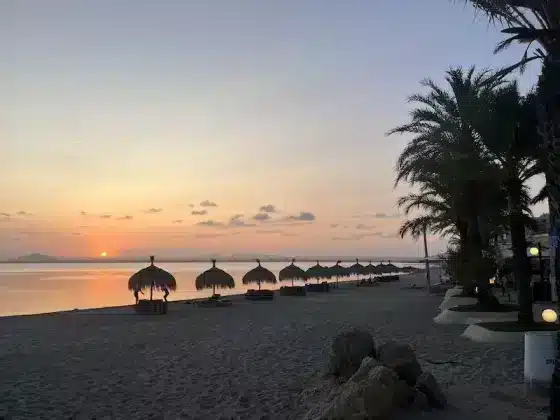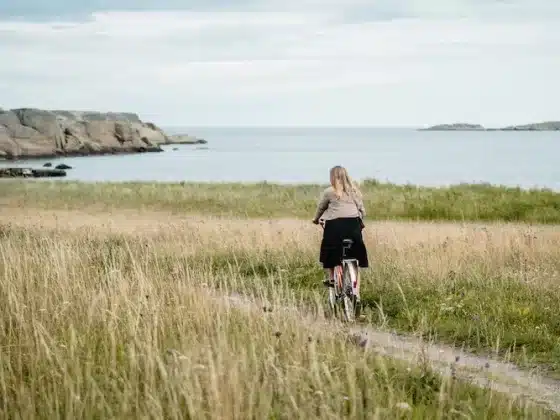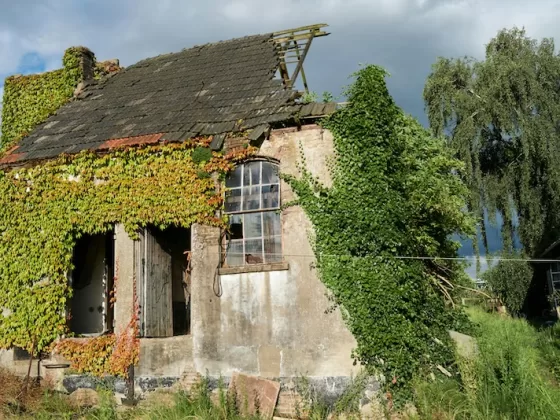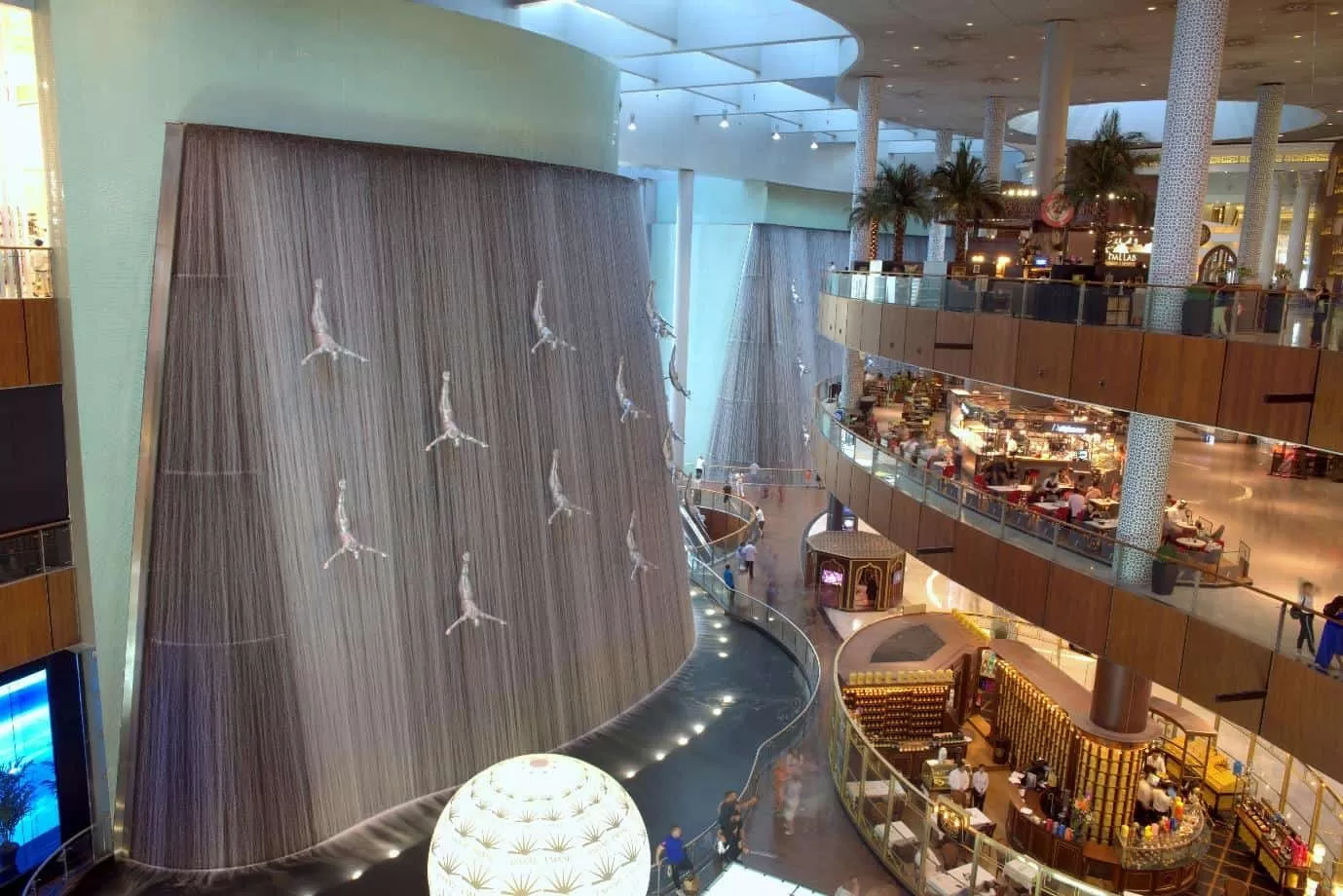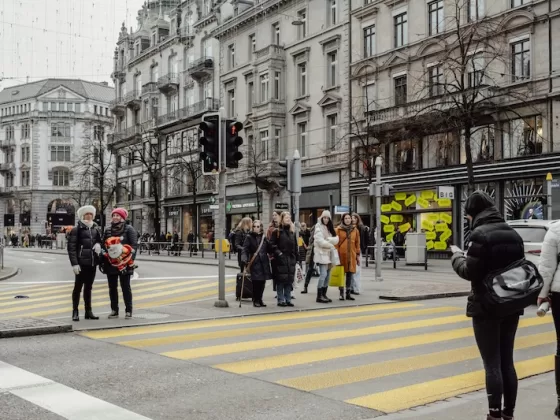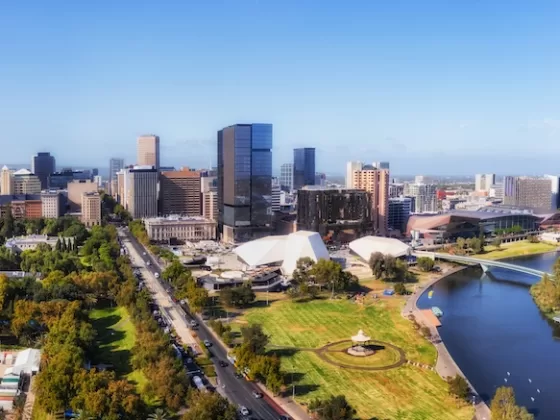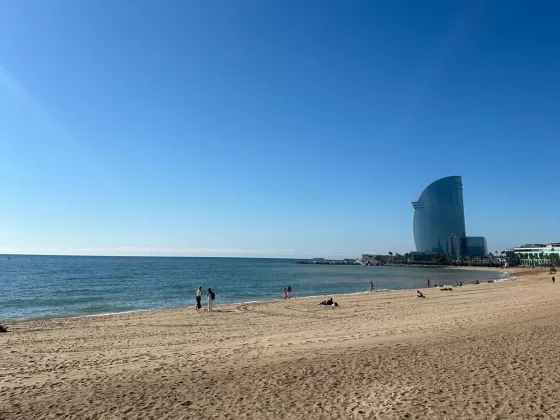Deirdre and I both work via the Internet, so we decided to spend some years moving around the world and experiencing new places and cultures, a few months in each. Our first stop was São Miguel, the largest island of the Azores. Here’s my account of our three months there. Next stop – the smaller island of Faial, the international yachting meeting point.
Azores Real Estate: A Growing Market
Our friend Matthias has recently changed jobs.
He used to buy used Mercedes sedans in his native Germany for Azorean taxi drivers, drive them down to Lisbon and have them shipped over to São Miguel. Now he’s been made “Vice-Consul of Germany in the Azores,” a title which sounds almost as important as “Consul” but does not entail any actual duty – he says with a big, generous smile and a glint in his eye.
His new line of business is helping foreigners buy or build homes in the Azores. With Azores real estate still affordable by European standards and a mild climate all year round, he seems to be heading for success.
Introducing the Azores
The Azores, the westernmost portion of the European Union, lie five hours’ flight from the US East Coast – as near to Boston as to Brussels, and quintessentially Atlantic.
The nine inhabited islands sprouted as tips of volcanoes in relatively recent times. They are geological babies, with black and porous rocks, high cliffs, and irregular shapes.
São Miguel’s colours are the deep green of the rolling pastures climbing almost to the top of the mountains; the deep blue of the ocean, which stretches for thousands of miles in each direction; the deep red of the iron-rich earth; and the deep black of the lava rocks.
Azoreans proudly tell the story of how Christopher Columbus was “nearly arrested” here in 1492, on his way to what would become the Americas. As his ships stopped at the island of Santa Maria to stock on fresh food, the crewmen he had sent ashore got into some disagreement with the locals, who demanded that the captain of the ship come to the island to explain himself.
In the end, all was solved more or less amicably and the three caravels went on their fateful way.
Azores Population and Culture
Over the centuries, anything transatlantic stopped over in the Azores: galleons laden with gold, pirate ships, telegraph cables, cruise liners, and seaplanes. Today, while only a few yachts still make the stop, the Azores population remains modest—about 240,000 people across nine islands—with a culture deeply rooted in agriculture and tradition.
My wife is a ghostwriter and I manage a translation agency, so we are not bound to live in a specific location. We chose the Azores as our first destination because we didn’t feel overly adventurous—they are in the Eurozone, we don’t need a passport or visa, and broadband connectivity is top-notch. We transformed our apartment in downtown Rome into a short-term rental, packed as little as we could (which was still too much), and moved here for six months—three on São Miguel, and three on Faial.
As our plane landed in the “John Paul II International Airport” of Ponta Delgada (yes, the Pope came all the way to the Azores), the first thing I noticed was—the air.
Living in the Azores: First Impressions
Living in the Azores starts with the senses. São Miguel has plenty of air—moist and rich with the scent of the sea and pastures. Even with the city lights and full moon, the stars are visible.
Unlike other small islands near Europe, the Azores remain largely untouched by mass tourism. That’s partly because of their unpredictable weather—the locals say “every day has four seasons”—and their rugged terrain. Beaches are few, small, and black, and the Atlantic can be rough for swimmers.
However, tourists are discovering the islands for their pristine volcanic landscape, whale and dolphin sightings, and clean environment—all while enjoying European-level infrastructure and currency.
Azores Real Estate Trends
As tourism and foreign interest increase, Azores real estate is shifting rapidly. More Germans, Britons, and returning Azoreans from the U.S. and Canada are purchasing property—either for retirement or summer homes.
This demand has significantly raised prices. A basic house outside the capital may cost €125,000 (~US$160,000), while a ruined cottage might go for €30,000 (~US$38,000). However, desirable homes with views can reach 10 times that.
This shift hasn’t pleased everyone. One neighbor, locked into an “Azorean contract” at $80/month rent, resents the real estate boom and its accompanying supermarkets. He continues to shop at the same tiny store he’s used since the 1970s.
São Miguel now feels like two parallel islands: farmers herding cows down dirt roads on one side; city dwellers driving Smart cars and shopping at American-style malls on the other.
Azores Cost of Living
The Azores cost of living varies dramatically depending on lifestyle.
With average wages well under $10,000 per year, many locals are priced out of the “new” economy. Yet, for foreigners or remote workers, life remains very affordable.
- Food: Local produce is high quality and reasonably priced. Farmers still grow flavorful vegetables and fruits like pineapples, bananas, and citrus. Markets are lively and traditional.
- Services: Utilities, banking, and mobile connectivity meet European standards. Supermarkets and credit cards are widely available, though some rural services lag behind.
- Imported goods: Expect higher costs for anything imported—this keeps the local economy strong but limits consumer choice.
The People of the Azores
The people of Azores are gentle and traditional. Azoreans are polite, reserved, and not quick to open up, though never unfriendly. Don’t expect instant conversation in cafés or spontaneous invitations—but respect earns warmth over time.
They’re also deeply religious. Legal abortion is not yet available, and religious festivals still shape the calendar. Lent involves entire pilgrimages around the island on foot, rain or shine, as men recite the rosary with scarves on their heads. Processions featuring girls dressed as angels and statues of saints are a regular sight.
This enduring spirituality and slow-paced way of life are central to understanding the Azores people.
Daily Life and Beauty on São Miguel
If you miss a simpler era, São Miguel offers paradise. With imports expensive, local farmers thrive, and food tastes as it did decades ago. Cheeses are rich and varied, markets bustle, and community life feels authentic.
There are modern conveniences—banks, shops, internet—but also clear limitations. International ingredients are hard to find, and nightlife is minimal, especially in winter. English books are rare. Litter exists outside protected areas, and indoor smoking is still common.
The climate—rainy, humid, and mild—is perfect for growing plants but also mold. The salty air rusts metal quickly. Transportation can be restrictive in the off-season, with only air service between islands.
Nature’s Grand Finale
Yet everything is forgiven when you drive 20 minutes to a mountain and gaze across three sides of the island, or soak in a volcanic hot spring surrounded by jungle ferns and steam. Or when you descend into Lagoa do Fogo’s crater and feel truly alone in nature.
Of all the places I have visited, São Miguel has the highest concentration of views per square mile. Every valley, lake, and cliff is a visual feast. The Azoreans know it, too—they’ve built miradouros (lookouts) almost everywhere.
Farewell for Now: Onward to Faial
As we prepare to leave São Miguel for Faial, we carry with us memories of clean air, mountain walks, and healing hot springs.
If your dream island is filled with sunshine, beaches, and beach bars, look elsewhere. But if you long for wind-whipped cliffs, moody skies, dramatic landscapes, and soulful silence, the Azores might just steal your heart.
Stay Ahead on Every Adventure! [H4]
Stay updated with the latest travel news on Escape Artist. Get all the travel news, international destinations, expat living, moving abroad, Lifestyle Tips, and digital nomad opportunities. Your next journey starts here—don’t miss a moment! Subscribe Now!
If you’re considering traveling or moving abroad, be sure to explore your healthcare options. Visit International Citizens Insurance to learn more and get a free quote.

